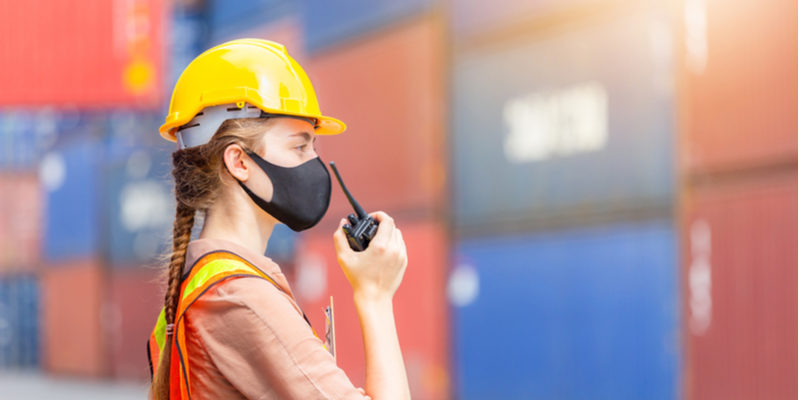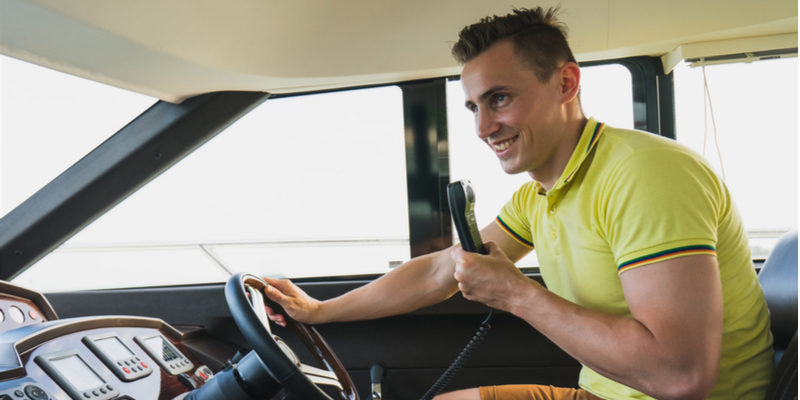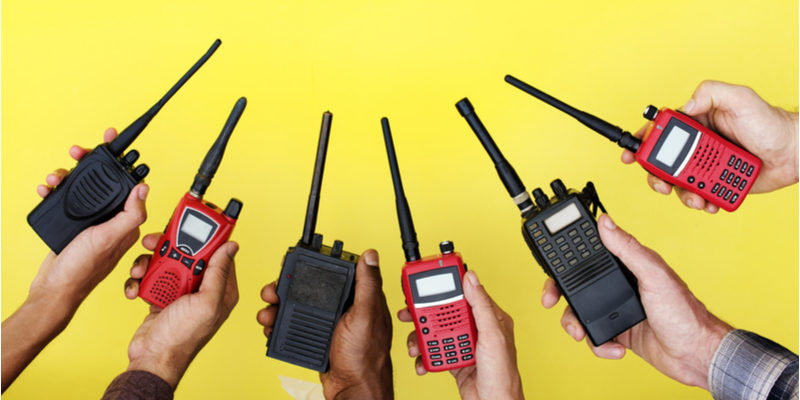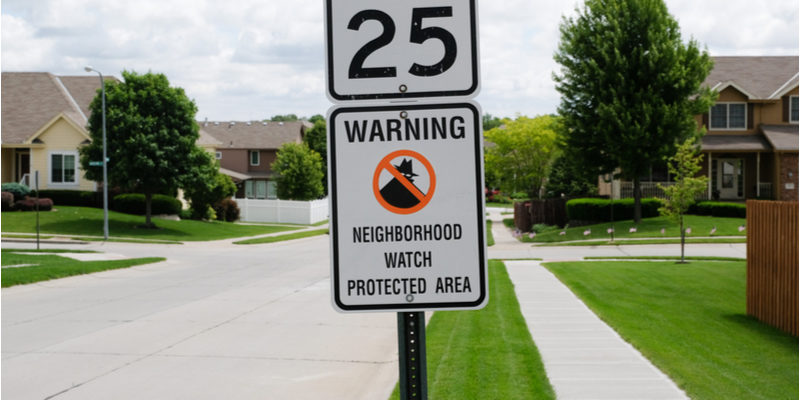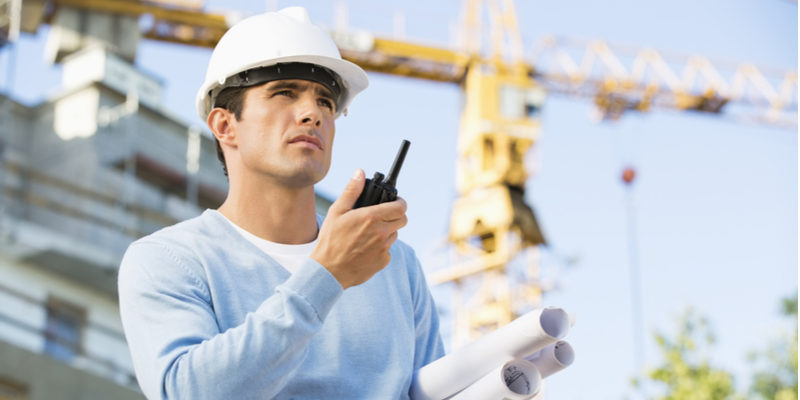Industries and organization use two-way radios in a number of ways to their advantage. If you are considering adding two-ways radios, also known as walkie-talkies to your business or organization, it can help you to know just how others in similar industries are using them. Many industries and organizations have already harnessed the power of communication with two-way radios which offer numerous push-to-talk benefits not shared by mobile phones, texting, emailing or landlines. Let’s explore some of the best uses for two-way radios and how they are making industry communication more effective and operations more efficient.
Security, Health, and Safety
In the areas of security, health, and safety, two-way radios bring the communication needed when situations are critical. For security personnel, two-way radios allow for better collaboration when crowd control is required, or while keeping intruders out. Plus walkie-talkies can sound the alarm if intruders break the perimeter and enter the property. Two-way radios are crucial to personal security teams, allowing them to operate discretely and privately or to broadcast alerts when required.
For police, fire, and rescue personnel, two-way radios deliver wireless channels devoted to mobilization and communication in times of crisis. This is especially true during man-made or natural disasters when mobile networks are overwhelmed or heat, smoke, or power outages disallow other forms of communication.
Construction, Mining, and Oil Industry
Construction, Mining, and Oil are industries where you might expect two-way radio use to be extremely useful and you would be correct. In the construction industry, two-way radios allow work crews to communicate instantly with supervisors, architects, engineers when design questions arise or when parts, equipment, or crew members are needed. In mining operations and on oil rigs, workers are often off the grid, out of range of cellular service. Two-way radios enable communication continually, especially when accidents, fire, or breakdowns threaten to put workers in danger or hamper production.
Retail and Manufacturing
In the world of retail, customer service is priority one and two-way radios allow that to happen, allowing sales floor staff to communicate with stock room personnel and clerks to easily get price checks or speak with managers as needed. In addition, two-way radios can help retail security detect and respond more effectively to alleviate losses due to theft and damage. For manufacturing facilities, communication can be a challenge, but two-way radios can easily operate in areas where internet and landlines fall short or are out of reach. Additionally two-way radios can be programed with alerts for managers, engineers, and maintenance personal when production lines break down. Plus, two-way radios can enable effective communication from the front office to the manufacturing plant.
Hospitality and Special Events
Two-way radios are also beneficial for those in the hospitality and event planning industries. In resorts and hotels, housekeeping personal and maintenance staff can communicate easily, when damages, spills, or other accidents occur. They can also be used to ensure customer service, from the front desk to the food service staff to housekeeping and maintenance to security personnel. For special events including concerts, sporting events, conventions, parades, home shows, craft fairs, and the like, two-way radios can be used to ensure the safety and security of the guests, call for help in the event of an emergency, and manage and move crowds effectively. They can also be used for smaller events like parties and weddings for communication between the event planner and subcontractors as well as the host or hostess on the day of the special event.
Two-Way Radios for Your Industry or Organization
Now you know the best uses for two- way radios in your area of expertise, let’s explore all that two-way radios can bring to your company. Call on Highland Wireless for a detailed, custom quote. As Florida’s premier radio communications provider, Highland Wireless has the communication solutions your company or organization needs.

